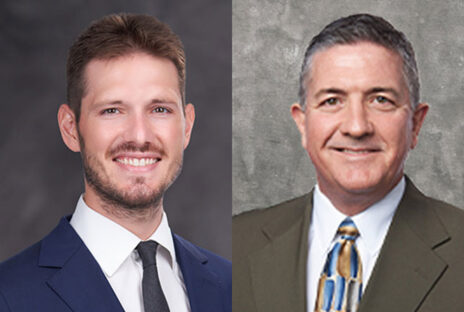Orthopedist or podiatrist: who to pick?

Orthopedist or podiatrist? When it comes to foot and ankle problems, many people are left wondering which kind of doctor they should see. With so many kinds of physicians out there, the decision can seem daunting. Two common types of foot and ankle doctors that patients come across are podiatrists and orthopedists. But what’s the difference?
Podiatrist
A podiatrist is a Doctor of Podiatric Medicine (DPM). Podiatrists undergo specialized training to only treat disorders of the foot and ankle. They receive four years of medical training at an accredited podiatric medical school, gaining specific training on the foot, ankle and lower leg. Podiatrists also take three to four years of foot and ankle surgical residency training.
Orthopedist

An orthopedist can be a Doctor of Medicine (MD) or a Doctor of Osteopathic Medicine (DO). These doctors are trained to treat the musculoskeletal system. They are not limited to just one part of the body. Our surgeons are all fellowship-trained meaning that, in addition to being experts in the musculoskeletal system, they have further experience in their subspecialties. Florida Orthopaedic Institute surgeons specializing in Foot and Ankle are fellowship-trained in the Foot and Ankle subspecialty.
The foot and ankle surgeons at Florida Orthopaedic Institute are well-respected fracture specialists, managing the most complex of these problems with a national and international reputation. Many of the devices used to treat these injuries (plates, screws and intramedullary nails) were developed by members of the team. This expertise is unique in the region and allows for managing problems with predictable outcomes, as well as teaching others through courses, lectures, and publications.
While each doctor is different, orthopedic surgeons have a better general medical background and more surgical expertise. Some podiatrists do not do surgery or are not trained in the latest surgical techniques, while others are well trained to perform complicated reconstructive surgeries.
January 17, 2020


